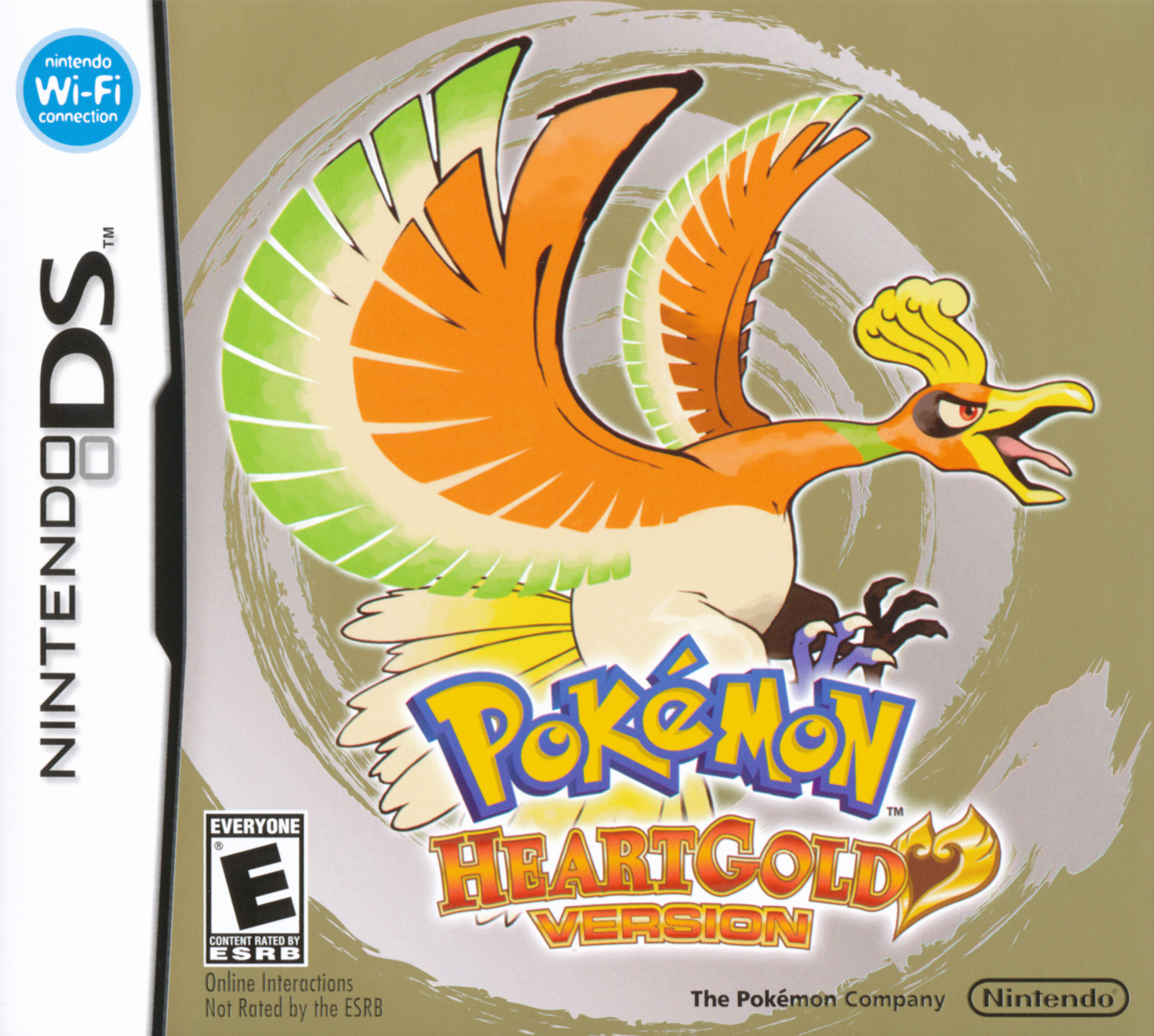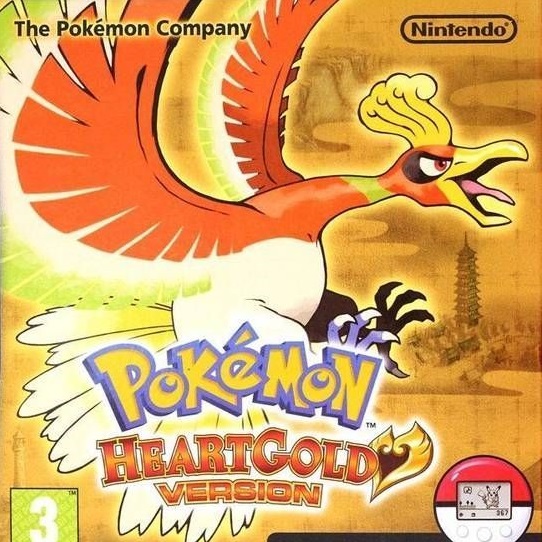




Spring the trap too soon, and the critter will break out of your trap, but if you exhaust its HP, the Pokémon will faint and you'll be unable to capture it. The basic idea is to battle wild Pokémon, weaken them substantially and then throw out a Pokeball to snare the exhausted animal. Snagging a new creature is simple in theory but tricky in execution because of all the variables that go into the process. Essentially every game in the series follows this formula, but it still works, so why mess with success? Just as how Mario and Zelda games can basically keep telling the same story over and over again so long as they deliver a fun and memorable experience, Pokémon has earned a pass on its repetitive story line based on the fact that the games are so fun you really don't need a reason to go out there and catch 'em all.Ĭatching Pokémon is the name of the game, and HeartGold boasts a roster of over 200 different species to snare. Along the way, players must capture wild Pokémon to add to their rosters, battle rival trainers and gym leaders to earn badges and new skills, and foil the plans of the nefarious Team Rocket at every turn. Players set out as an unknown Pokémon trainer in the hopes of eventually being named champion. The basic tenets of Pokémon have stayed basically the same since the dawn of the franchise. To celebrate the 10th anniversary of those titles, Nintendo presents the Pokémon HeartGoldand SoulSilver remakes, and the new features included only improve on an already fantastic pair of games. The franchise steadily improved over the years, and many believe that perhaps the best games in the entire series were Pokémon Goldand Silver, released at the dawn of the new millennium in the year 2000. It's hard to believe that the Pokémon franchise has been around for 14 years, as it seems like just yesterday we were getting our first taste of fighting wild Bulbasaurs and Charizards in the hopes of adding them to our ever-expanding roster of fighting pocket monsters.


 0 kommentar(er)
0 kommentar(er)
